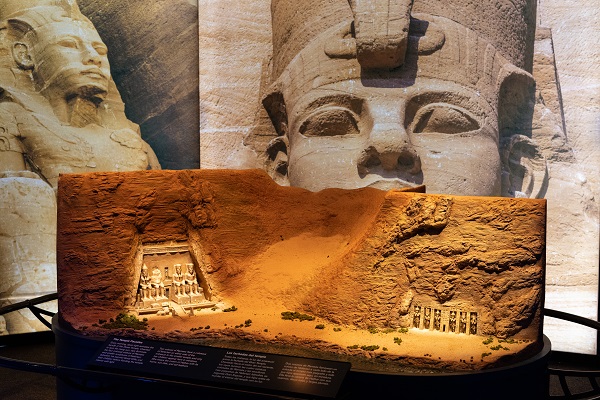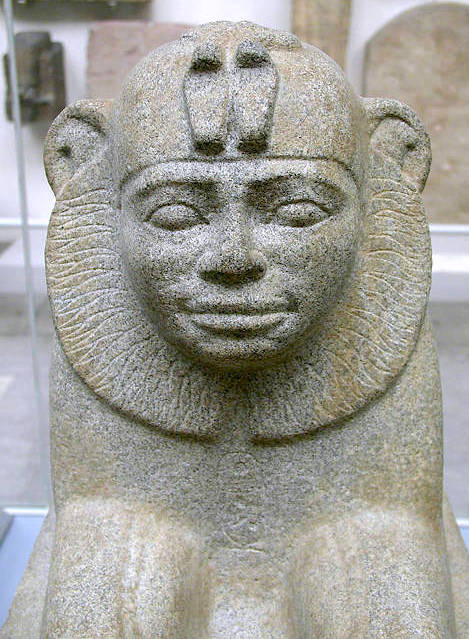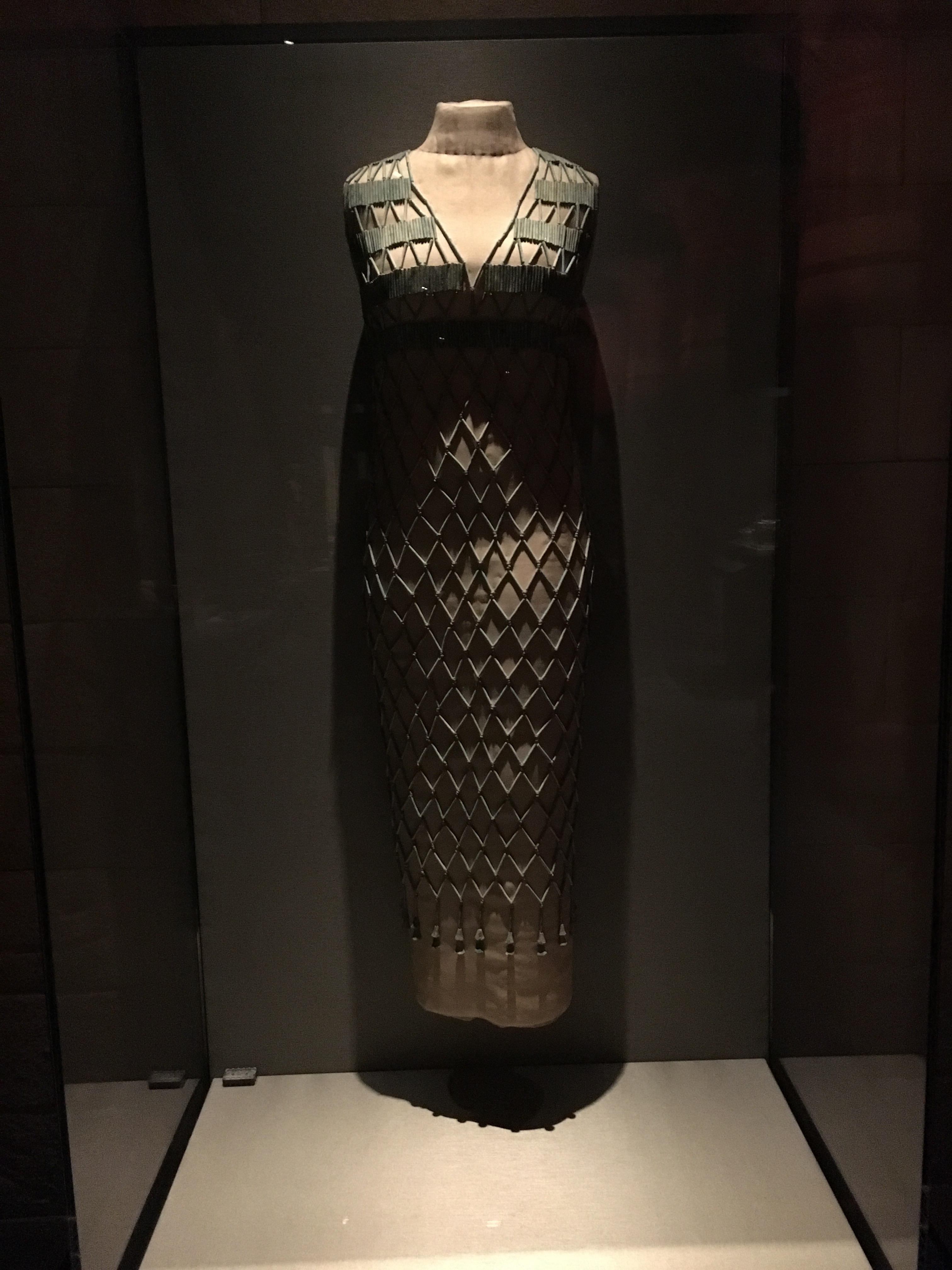by Elizabeth Galante
As a former teacher, I know that most parents ask their students when they get home “what did you learn today?” and they more often than not receive a shoulder shrug or a one-word response like “stuff” and “things”. I imagine it’s frustrating trying to connect with your student with a relevant question but not knowing enough details about their day to ask more. I can tell you it’s just as frustrating as the teacher knowing the amount of effort put into lesson planning doesn’t get a more exciting answer. So in honor of the shoulder shrug, I give you five questions to ask your students about the exhibition with answers to guide the conversation.
1. What actually is a mummy?
A mummy is a human or animal that has been preserved after death so that it does not decompose or rot. In order to be considered a mummy, the body must keep some of its soft tissue, such has hair, skin, or muscles.
King Tutankhamen’s mummy with its famous gold mask
2. Where are the mummies in the exhibit from?
The Exhibit includes mummies from Europe, South America, and Ancient Egypt, and I learned that mummies have been found all over the world!
The Orlovits Family, mummies from Hungary
3. Are there different kinds of mummies?
There are two kinds of mummification: natural and intentional (on purpose).
• Natural mummies are preserved by the environment in which they died. This may include warm and dry climates, such as a desert or attic; cold and dry climates, such as the top of the Andes Mountains; and/or due to chemicals, such as acids and salts, like in a bog.
• Intentional mummification is typically done for cultural and religious purposes, as was the case in Ancient Egypt where they believed that the body needed to be preserved to keep the soul intact after death.

This spiny-tailed lizard from the Sahara Desert is an example of a modern-day mummy — probably less than 100 years old. It was mummified by the hot, dry air of the desert. This lizard is part of the Mummies of the World exhibition, the largest traveling exhibition of mummies and artifacts ever assembled, opening at the California Science Center in Los Angeles on July 1, 2010. Credit: American Exhibitions, Inc.
4. Why are CT scans used on mummies?
CT (Computer Tomography) scanning and carbon dating is able to tell a lot about a mummy, such as how old the person was when they died, the sex of the person, any injuries or disease that the person had during their lifetime as well as their diet. Sometimes it is possible to determine the cause of death or the occupation of the person.
5. What can we learn from researching mummies?
The above research helps us learn from the past and adapt for the future. By analyzing their diets, we are able to learn about vitamin deficiencies, cavities, heart disease, and cancer. By assessing their cause of death, we are able to learn about disease, such as tuberculosis, which is an increasing problem in certain populations around the globe. By studying their clothes, we are able to learn about the evolution of technology, including the way their clothes were produced and the art forms used in their design.
Now that you’ve learned more about it, come visit HMNS before the exhibit wraps up in May!









